Mammalia

Eurasian Red Squirrel
Sciurus vulgaris


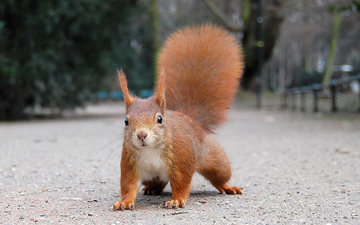
5 POINTS
• Sciurus vulgaris has a MOVE of 2.
“Sciurus vulgaris do not hibernate. Instead, they lay down stores of food to see them through periods when fresh food is not available.”
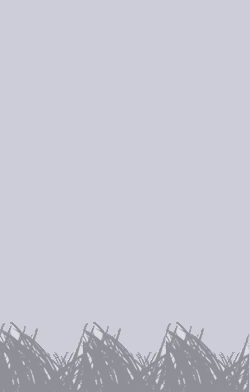
Horse
Equus ferus caballus



7 POINTS
• Equus ferus caballus has a MOVE of 2.
Although most horses today are domesticated, there are still endangered populations of the Przewalski’s Horse, the only remaining true wild horse.
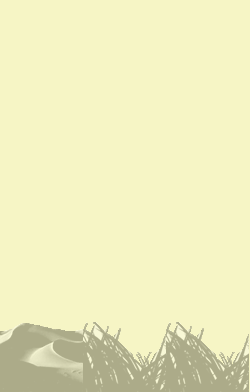
Lion
Panthero leo

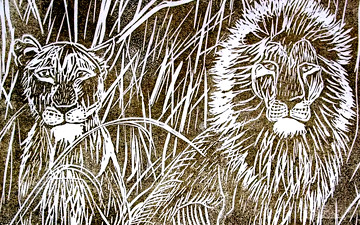
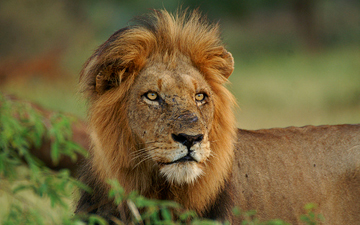
10 POINTS
Play: Leo panthera has a MOVE of 2.
Fact: A unique characteristic of both females and males is that the tail ends in a hairy tuft, which often conceals a hard “spine” or “spur”. The function of the tuft and spine are unknown.

Muskox
Ovibos moschatus


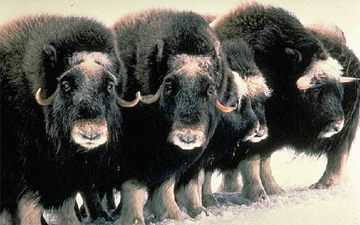
7 POINTS
• Ovibos moschatus has a MOVE of 2.
“When the herd is threatened, the bulls and cows will face outward to form a stationary ring or semicircle around the calves.”

Brown Throated Sloth
Bradypus variegatus

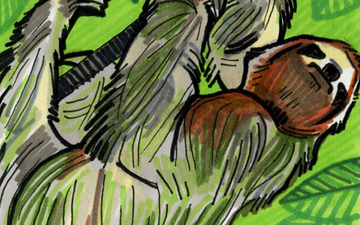
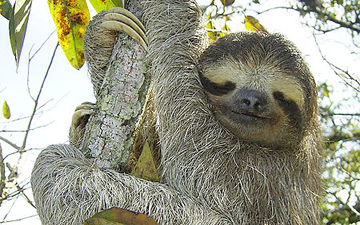
7 POINTS
• Bradypus variegatus has a MOVE of 1.
“Sloths are the slowest land mammals. Their top speed on the ground is 5 ft/min. Up in the trees, they speed up to 15 ft/min.”
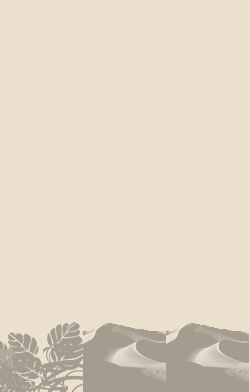
Ringtail
Bassariscus astutus


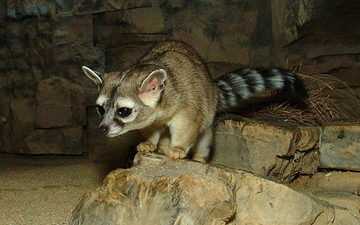
4 POINTS • Bassariscus astutus has a MOVE of 2.